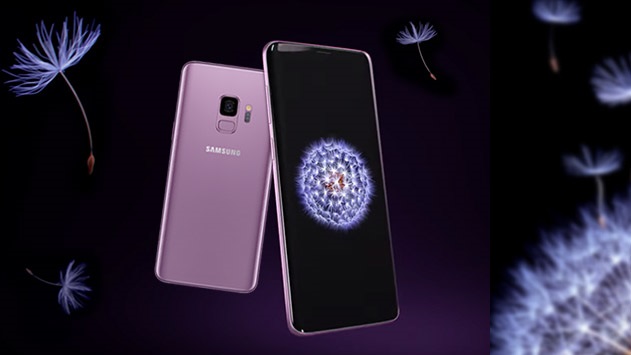
Apps with darker interfaces use less power than those that light up your phone's whole screen, and now Google has admitted that encouraging developers to make white the main color for all Android apps and interfaces might not have been the best idea.
At its annual I/O developer conference, Google showed a graph illustrating the relationship between screen brightness and power draw. As SlashGear notes, the two correlate almost perfectly.
Pixel color also affects power usage; blue pixels require considerably more energy than red and green at full brightness, but white is by far the most demanding, which means Google's style guidelines for Android apps are less than ideal for conserving power.
In 2014, the company began pushing its Material Design style guidelines, which are intended to give Android apps a modern, consistent look across devices, and make the best possible use of available space. The design language features round icons, smooth animations, and an awful lot of white.
Not too bright
Google has been gradually introducing dark modes for its apps, giving users the opportunity to choose less power-hungry interfaces, but it's a slow process. YouTube for Android (which would seem like a prime candidate, since a dark background helps users focus on the video they're watching) only received the option in September.
Hopefully we'll start to see more apps turning to the dark side in the coming months, and enjoy a resulting boost in battery life if we decide to make the switch.
Get daily insight, inspiration and deals in your inbox
Sign up for breaking news, reviews, opinion, top tech deals, and more.

Cat is TechRadar's Homes Editor specializing in kitchen appliances and smart home technology. She's been a tech journalist for 15 years, having worked on print magazines including PC Plus and PC Format, and is a Speciality Coffee Association (SCA) certified barista. Whether you want to invest in some smart lights or pick up a new espresso machine, she's the right person to help.